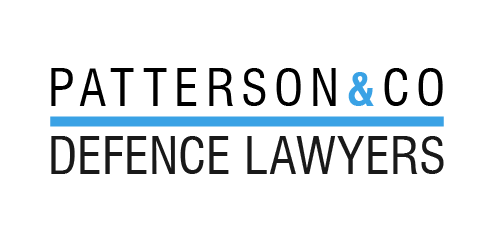Legal Requirements for Learner Drivers in Scotland: Understanding L Plates and Supervision
Learning to drive is an exciting milestone, but it comes with specific legal requirements that must be adhered to in Scotland. Understanding the rules surrounding L plates, supervision, and necessary documentation is crucial for ensuring a safe and legal learning experience. This article explores the legal requirements for learner drivers in Scotland, providing valuable information for both learners and their supervisors.
L Plates: The Basics
L plates are a mandatory requirement for all learner drivers in Scotland. They serve as a warning to other road users that the driver is inexperienced and still learning. Key points about L plates include:
- Display Requirements: L plates must be displayed on both the front and rear of the vehicle. They should be clearly visible and not obscured by any part of the vehicle or its contents.
- Size and Color: L plates must be the correct size and color as specified by law, typically featuring a red ‘L’ on a white background.
- Adhesive or Magnetic: L plates can be adhesive or magnetic, but they must be securely attached to the vehicle to prevent them from falling off during driving.
Supervision Rules for Learner Drivers
Learner drivers must be supervised at all times while driving on public roads. The supervisor plays a critical role in ensuring the safety of the learner and other road users. Key legal requirements for supervision include:
- Age and Experience of Supervisor: The supervising driver must be at least 21 years old and have held a full driving license for the category of vehicle being driven for at least three years.
- Responsibility: The supervisor is responsible for ensuring the learner adheres to all traffic laws and drives safely. They must not be under the influence of alcohol or drugs while supervising.
- Location: Supervised driving must take place on public roads, and learners are not permitted to drive on motorways unless accompanied by an approved driving instructor in a dual-control car.
Necessary Documentation for Learner Drivers
Before hitting the road, learner drivers must ensure they have the necessary documentation:
- Provisional License: Learners must apply for and obtain a provisional driving license before starting their driving lessons. This can be done online or by post.
- Insurance: The vehicle being used for learning must be insured. Learners can be added to an existing policy or obtain learner driver insurance, which covers them while they are driving under supervision.
- MOT and Tax: The vehicle must have a valid MOT certificate and be taxed. It must also be roadworthy and meet all safety standards.
Legal Consequences of Non-Compliance
Failing to comply with the legal requirements for learner drivers can result in significant penalties, including:
- Fines: Learner drivers and their supervisors can be fined for not displaying L plates, driving without proper supervision, or using an uninsured vehicle.
- Points on License: Both the learner and the supervisor can receive penalty points on their licenses for breaches of driving laws. Accumulating too many points can lead to license suspension or revocation.
- Insurance Issues: Driving without proper insurance can lead to severe financial penalties and difficulties in obtaining insurance in the future.
Conclusion
Understanding the legal requirements for learner drivers in Scotland is essential for a safe and lawful learning experience. By adhering to the rules surrounding L plates, supervision, and necessary documentation, learners can focus on developing their driving skills and preparing for their driving test.
For expert legal advice and assistance related to learner driving and other motoring matters, Patterson & Co. offers comprehensive legal services tailored to your needs. Contact us at 01463 418 277 to discuss your requirements and learn how we can assist you in navigating the legal aspects of learning to drive.
For further information try:


